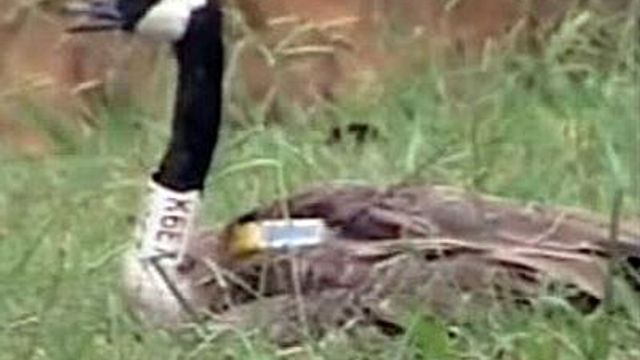Local News
N.C. State researchers studying bird flights near airports
A team of researchers at North Carolina State University has been studying flying-bird strikes for nearly a year in an effort to figure out the best way to manage the situation.
Posted — UpdatedGREENSBORO, N.C. — Birds soar close to the runways at most large airports across the United States because airports are typically built around their natural habitats.
Federal investigators say it's likely that a bird in each engine of a US Airways jet last week caused the plane to lose power and go down shortly after takeoff, though it splash-landed successfully in the Hudson River between New York and New Jersey and everyone survived.
A team of researchers at North Carolina State University has been studying flying-bird strikes for nearly a year in an effort to figure out the best way to manage the situation.
"There's a risk every day," said Dr. Chris Deperno, a faculty adviser and assistant professor in N.C. State's Fisheries and Wildlife Sciences program. "Every day, there's a risk with airplanes and bird-aircraft collisions."
With permission from the U.S. Department of Agriculture, the team is studying the flight patterns of resident Canada geese near Piedmont Triad International Airport in Greensboro.
Deperno says other birds also surround airports, but geese are generally one of the larger bird species involved in plane collisions.
So far, the scientists have used collars and GPS units to track how nearly 800 geese within a five-mile radius of the airport are moving and how far and where they are going.
Managing the problem could involve several options, including changing the habitats surrounding airports to make them less appealing to the animals.
Deperno says there is also a lethal option.
"People involved in managing these situations believe we have been dodging a bullet for many, many years," he said.
Once the team finishes its study, in about a year, it will present its findings to the USDA as well as the Federal Aviation Administration.
"We're all on the same team looking for the same goals and objectives," Deperno said.
• Credits
Copyright 2024 by Capitol Broadcasting Company. All rights reserved. This material may not be published, broadcast, rewritten or redistributed.





